Refining Processes: Understanding Flare Requirements in EMACT
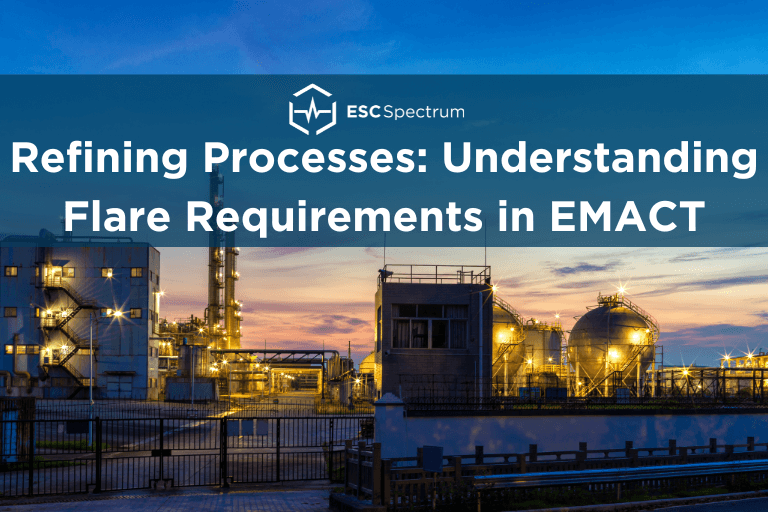
The Ethylene Manufacturing National Emission Standards for Hazardous Air Pollutants (NESHAP) under Subpart XX and YY establish requirements to control hazardous air pollutants (HAP) emissions from ethylene production units. This blog post focuses on the flare requirements specified in these regulations.
Gas Chromatography CEMS for Refining: Performance Specification 9
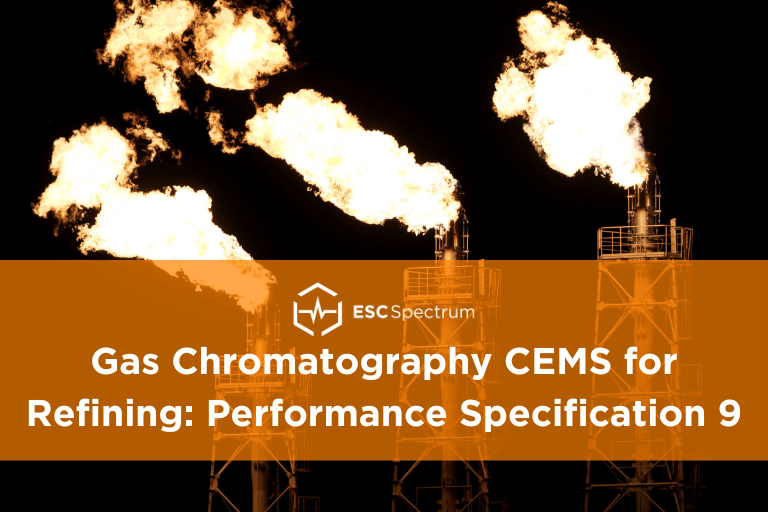
Learn more about 40 CFR Part 63 Subpart CC Performance Specification 9 to ensure accurate measurement of gaseous organic compound emissions. Performance Specification 9 (PS-9) establishes the requirements and procedures for Gas Chromatographic Continuous Emission Monitoring Systems (CEMS) in stationary sources.
Navigating Refining Regulations: 40 CFR Part 63 Subpart CC
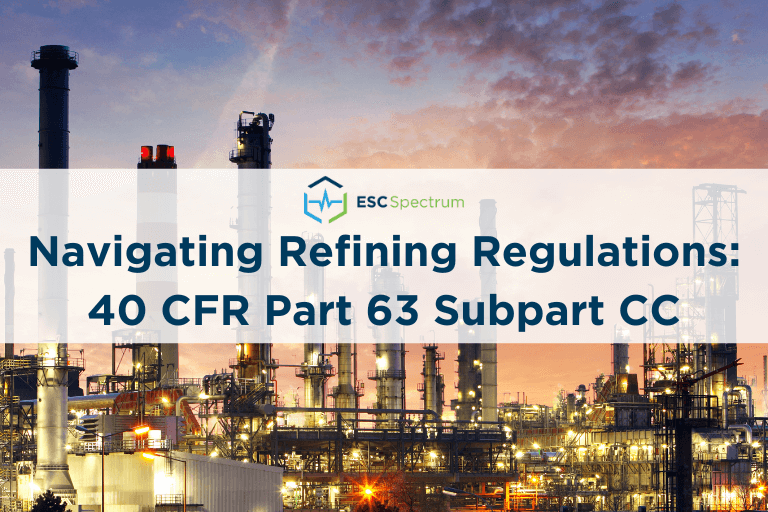
Learn more about National Emission Standards for Hazardous Air Pollutants from Petroleum Refineries specifically on 40 CFR Part 63 Subpart CC. This blog post outlines the steps to comply with Subpart CC and how ESC Spectrum can equip your facility to streamline emission monitoring needs.
Upgrading Your CEMS in Refineries and Petrochemical Facilities
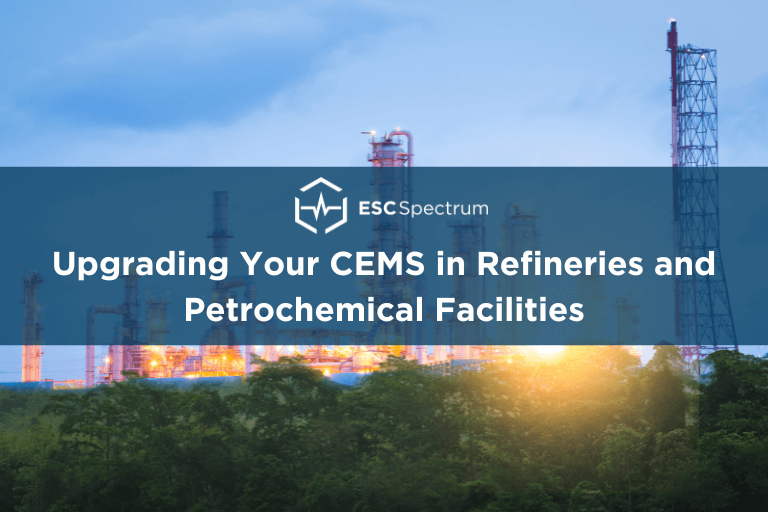
This blog post will explore the various upgrade options for CEMS in refining and petrochemical facilities, detailing the benefits of each.
Decoding the World of Flare Gas Monitoring
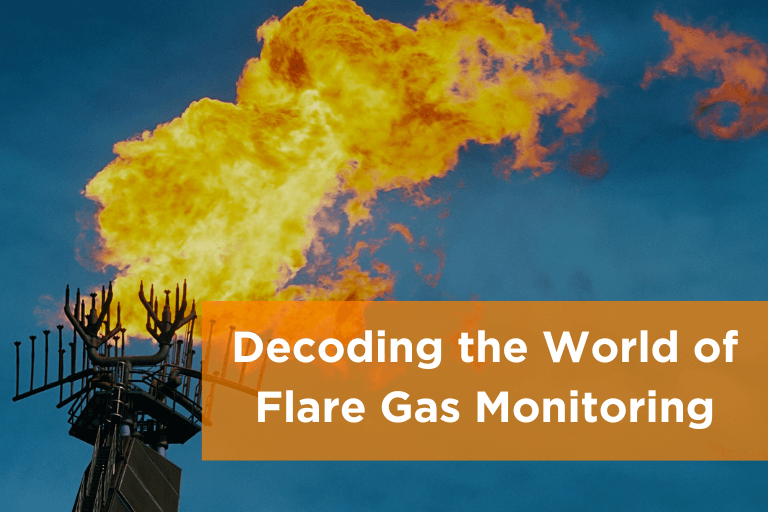
This article explores the details of flaring, including types of flares, operations, applications, and monitoring methods.
Increasing Demand for Ethanol Affects Your Monitoring Systems

Read about how the increasing demand for ethanol can affect your continuous emissions monitoring system components at your ethanol facility.
Update on 40 CFR 63 Subpart YYYY – Formaldehyde Emission Standards
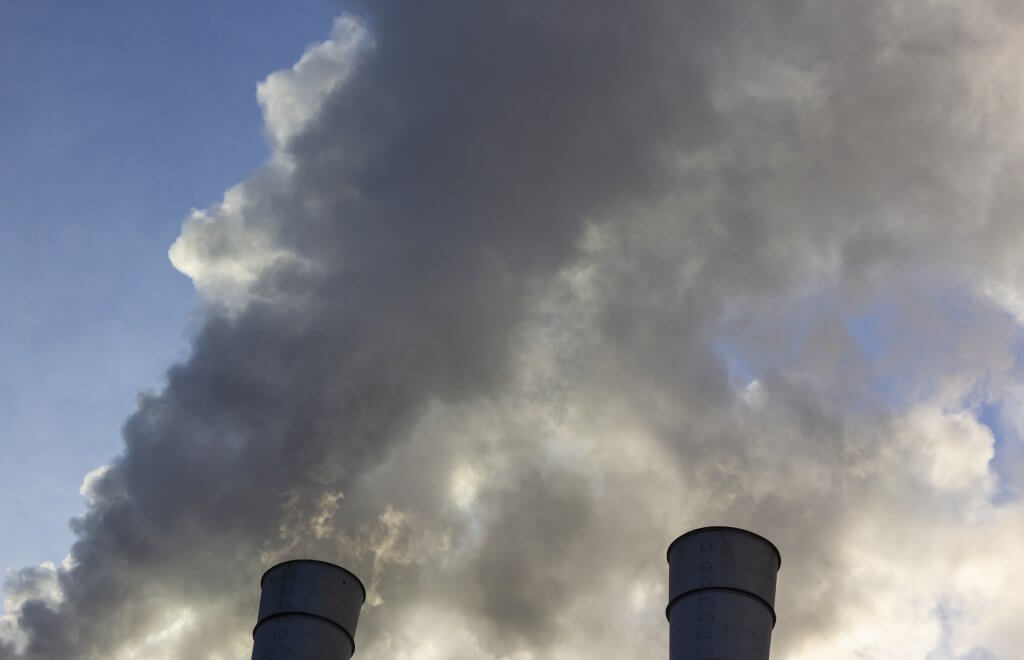
This blog post discusses updates on 40 CFR 63 Subpart YYYY including changes, who is subject to YYYY, facility limits and more. Compliance with changes is required within 180 days of March 9, 2022 (i.e., September 6, 2022).
Environmental Compliance Emissions Reporting Requirements
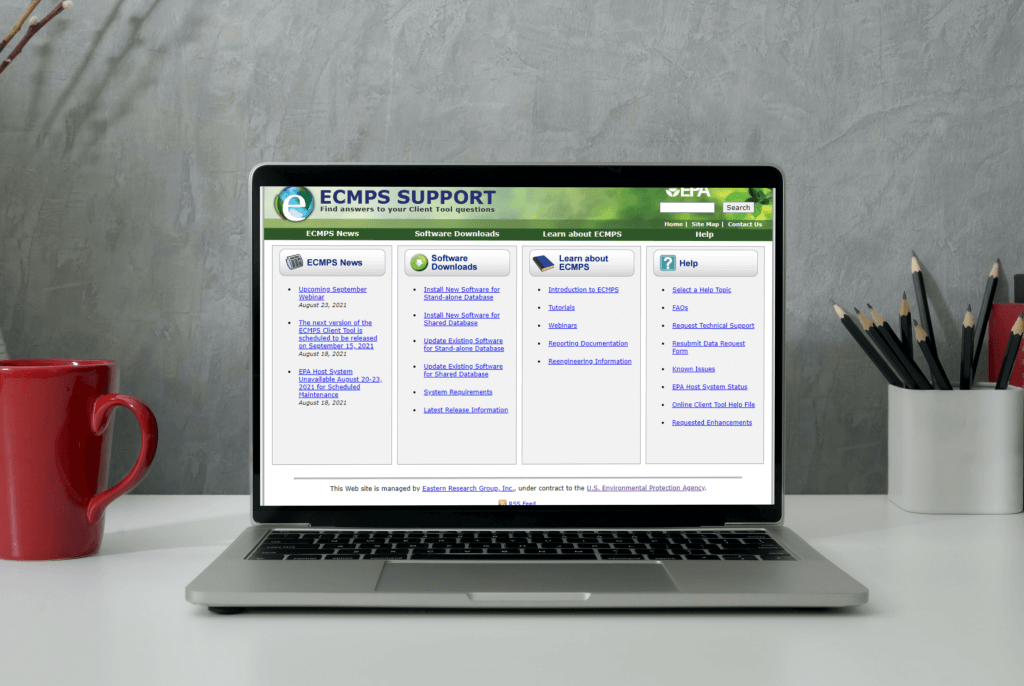
Learn how to keep up with quarterly reporting deadlines so your facility can maintain its environmental compliance requirements.
Reporting Month: Key Air Compliance Lessons Learned

Once the fourth quarter’s reporting window has closed, there is finally an opportunity to reflect on the past year. We compiled a list of air compliance lessons learned, based on customers’ feedback.
Air Emissions Regulations 101
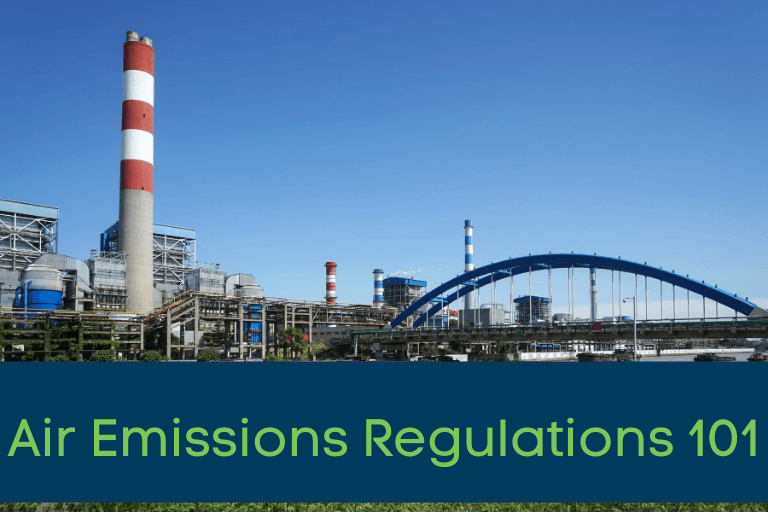
Air Emissions Regulations 101 provides an overview of EPA history, the similarities and differences between Part 60, 63 and 75 and ESC Spectrum’s role in monitoring and compliance.
What is the EPA 40 CFR Part 63 Regulation?
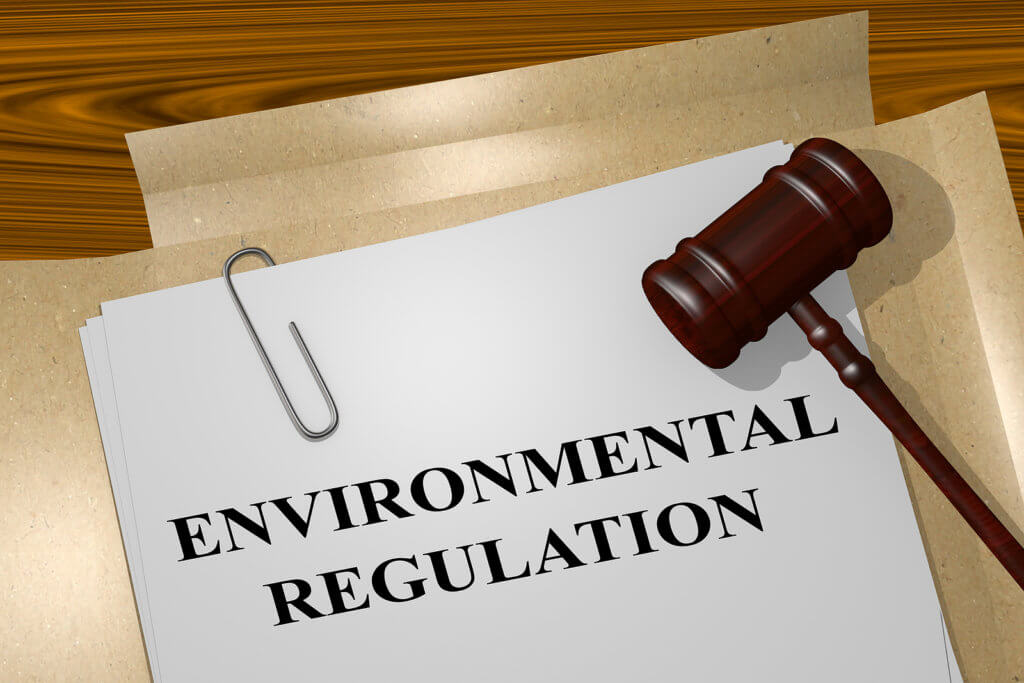
The Part 63 emissions standards (NESHAP) are for hazardous air pollutants not covered by National Ambient Air Quality Standards (NAAQS) and emitted from natural and human-made sources, including volcanoes, wildfires, motor vehicles, industrial facilities, and oil refineries.
